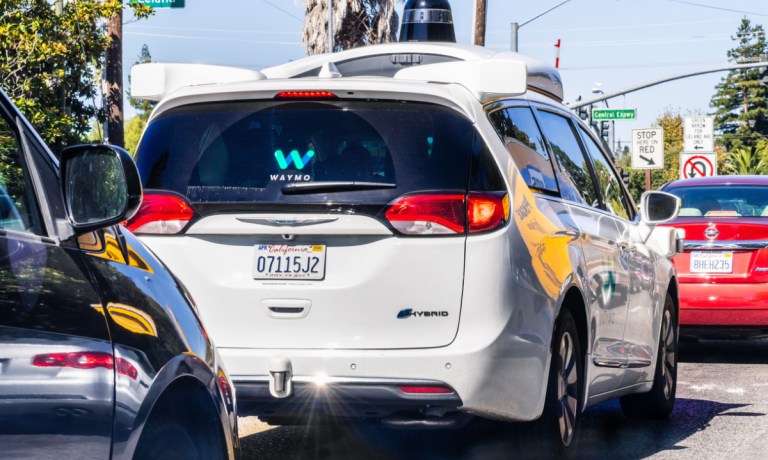Paid, driverless taxis are set to become a regular part of life in San Francisco.
As Bloomberg News reported Wednesday (Aug. 16), Waymo and Cruise recently received permission from California regulators to offer that service, paving the way for robotaxis to function around the clock.
“It’s a signal for California that we are going to prioritize progress, versus accepting the tragedy of the status quo on our roads today,” Cruise CEO Kyle Vogt told Bloomberg.
According to the report, Waymo will begin charging for rides in the weeks ahead, and plans to add more customers to its now 100,000-person-plus waitlist. The company said its pricing will be competitive with ride-hailing services.
Cruise will initially charge for rides between 9 p.m. and 5:30 a.m. across the city, the report said, changing its policy of only charging for certain areas. That company, too, has a waitlist with tens of thousands of customers.
Waymo, owned by Google, is also working with Uber to expand its service in Phoenix, Arizona, where it offers both local delivery and ride-hailing, PYMNTS reported in May.
Advertisement: Scroll to Continue
“Since both companies were founded in 2009, Waymo and Uber have in their own ways each revolutionized access to mobility,” the companies said in a news release. “Now, we’re partnering to bring together Waymo’s world-leading autonomous driving technology with the massive scale of Uber’s ridesharing and delivery networks.”
The companies say the partnership is designed to let Uber users order rides or deliveries from Waymo’s autonomous vehicles via the Uber and Uber Eats apps or via the Waymo One app. The companies have said Waymo’s Phoenix coverage area is the largest fully autonomous service area in the world at 180 square miles.
Meanwhile, another self-driving car company — Amazon-owned Zoox — began operating its driverless robotaxi in Las Vegas in June.
The company said its autonomous car — which has no steering wheel or pedals — has been transporting Zoox employees on a one-mile loop on public roads near the company’s headquarters, with plans to expand its range of travel.
But while Cruise and Waymo have waiting lists the size of a small city, a recent report by PYMNTS has found that there’s still some mistrust when it comes to consumers and robots.
That report, “Connected Dining: The Robot Will Take Your Order Now,” found that 71% of those surveyed reported they were uninterested in robotics or automated systems delivering food.
While the main reason for this disinterest is concern about job loss and the lack of personal interaction, the second most common reason was a lack of trust. The report showed that 65% of consumers who don’t want robot delivery are worried about reliability and order accuracy.

